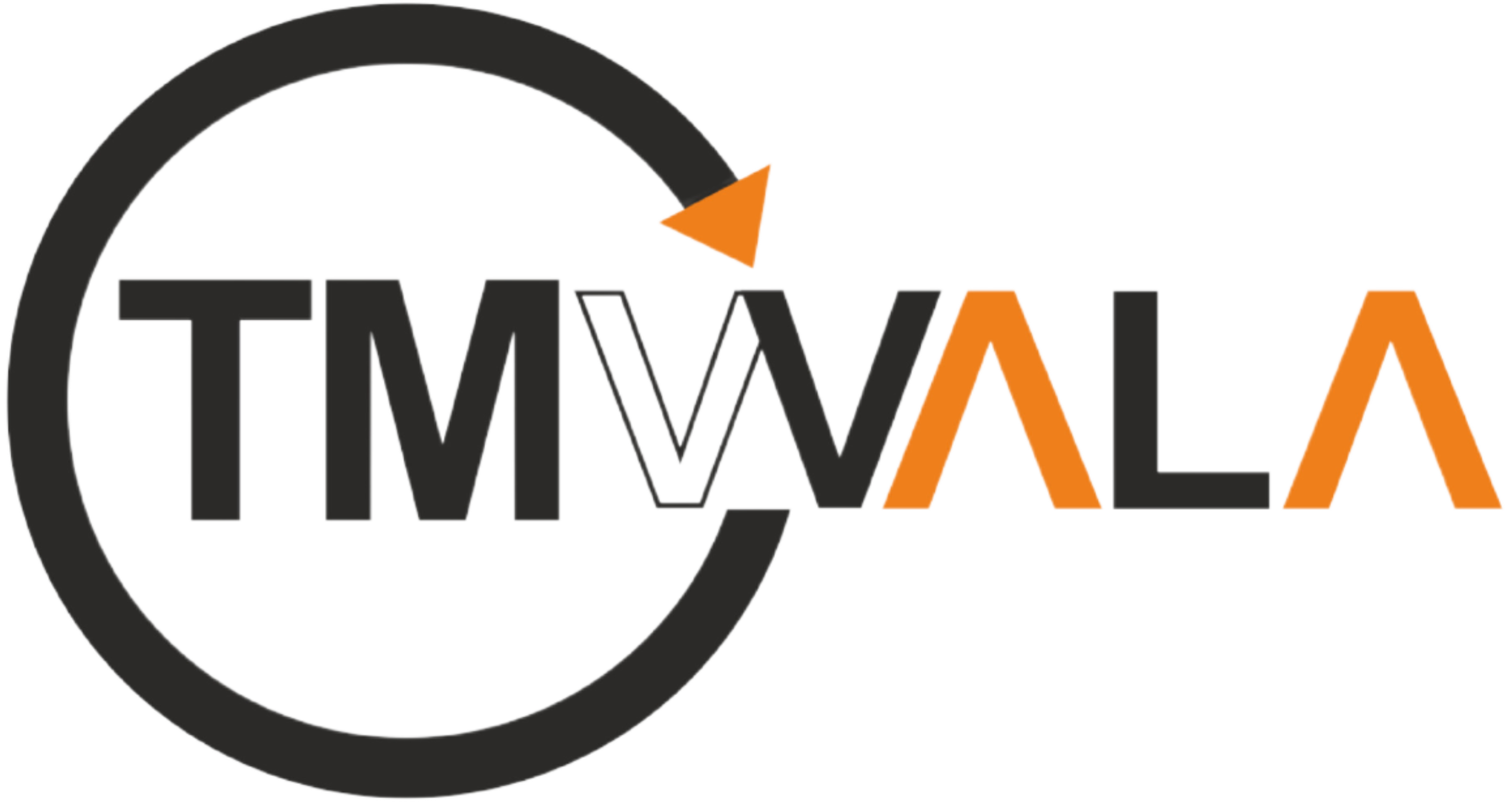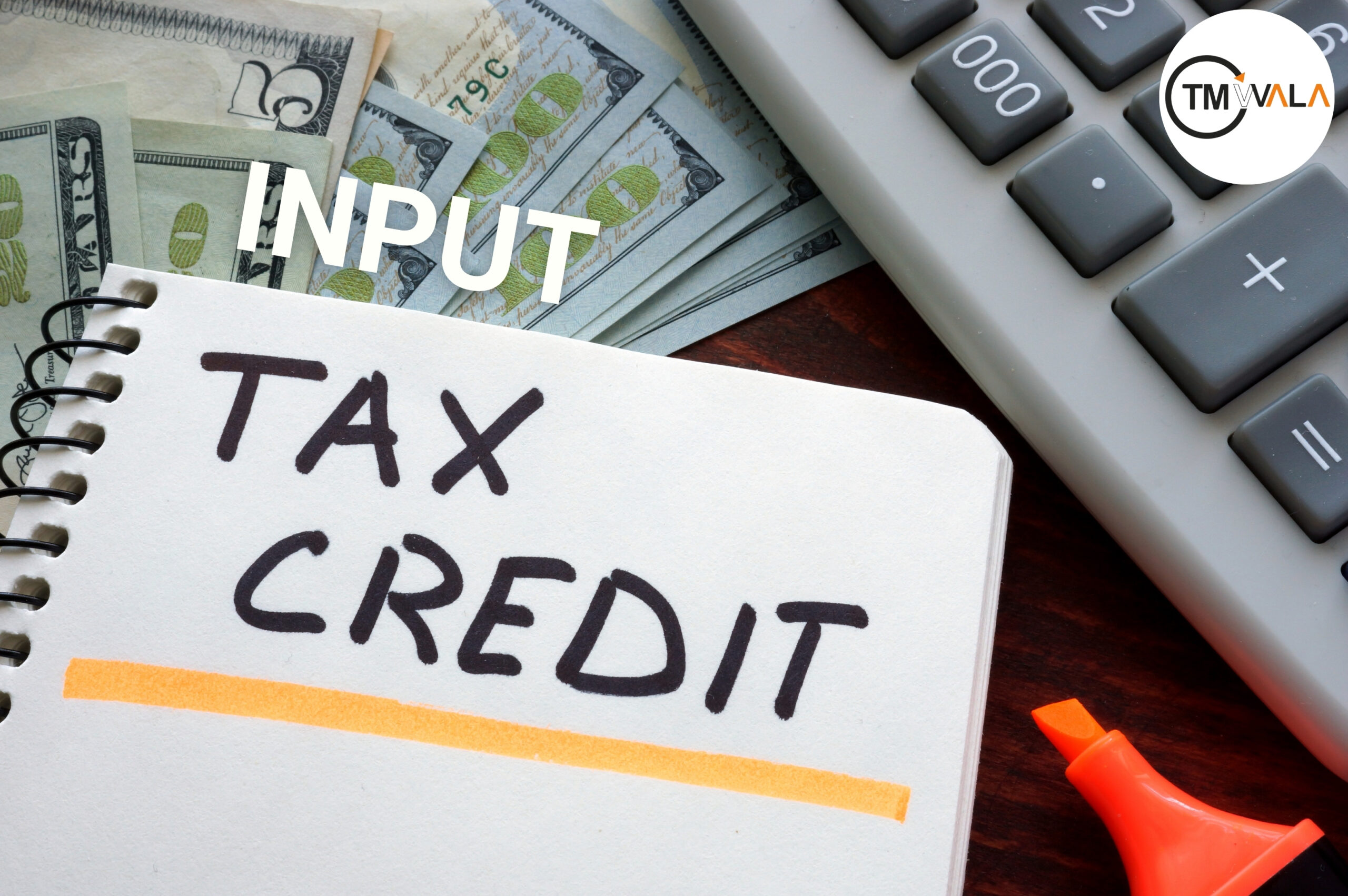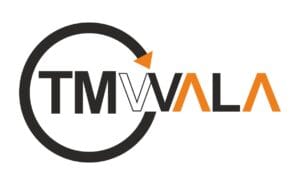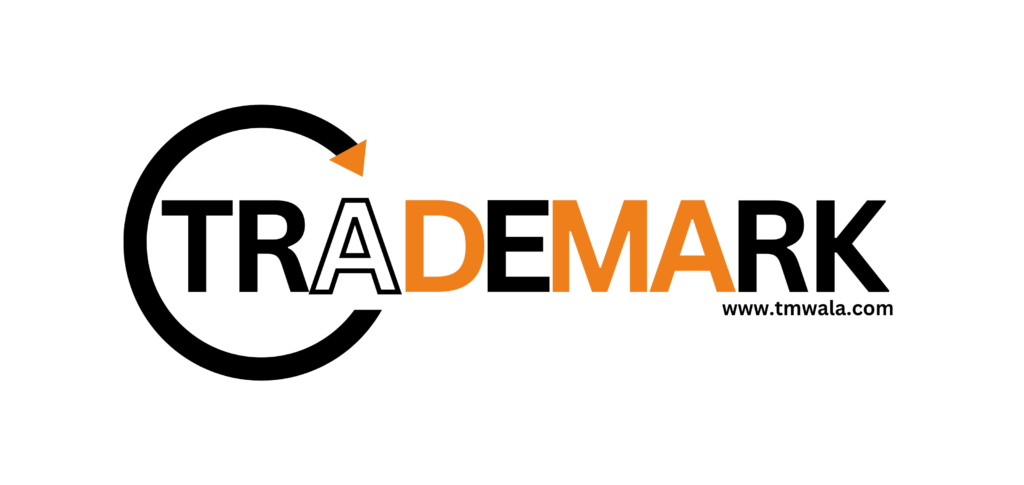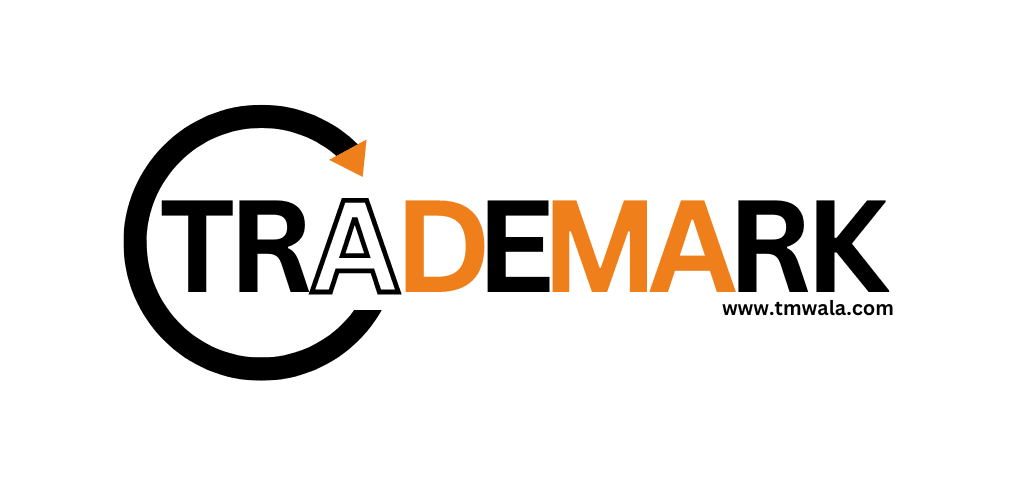Understanding Input Tax Credit (ITC) in GST
Input Tax Credit (ITC) is a system under the Goods and Services Tax (GST) that helps businesses pay less tax. When a business buys goods or services, it pays GST on these purchases. Later, when the business sells goods or services, it also charges GST to its customers. ITC allows the business to subtract the GST it has already paid on purchases from the GST it needs to pay on sales.
For example, imagine you run a shop and buy products worth Rs. 100, paying Rs. 5 as GST. When you sell these products for Rs. 150, you charge Rs. 7.50 as GST from your customers. With ITC, you can subtract the Rs. 5 GST you already paid from the Rs. 7.50 you collected. This means you only need to pay Rs. 2.50 as tax to the government.
This system helps businesses by making sure they don’t pay tax twice on the same goods, ensuring the tax is only on the added value at each step of the supply chain. This makes managing taxes easier and helps keep prices lower for consumers.
Under GST, ITC is available on the Central GST (CGST), State GST (SGST/UTGST), and Integrated GST (IGST) charged on the supply of goods and services. It also includes IGST on imports and tax payable under the reverse charge mechanism. Registered entities such as manufacturers, suppliers, agents, e-commerce operators, and aggregators are eligible to claim ITC on the tax paid for their purchases.
How the Input Tax Credit Operates
Basics of ITC
By offsetting the tax paid on purchases (inputs) against the tax earned on sales (outputs), businesses can use the Input Tax Credit (ITC) to lower their tax liability. The cumulative impact of taxes is minimized by this system, which guarantees that taxes are solely imposed on the value contributed at each stage of production or distribution.
Method of Claiming ITC
- Eligibility criteria: In order to make an ITC claim, the business must be GST registered and the products or services acquired must be put to use for business purposes. A legitimate tax invoice or debit note from the supplier must be shown to the recipient.
- Requirements for Invoices: The company requires a tax invoice or debit note that includes certain information, including the supplier’s and recipient’s GSTINs, the invoice number, the date, the description of the goods or services, the value, and the GST amount.
- Tax Payment: The provider is required to have deposited the amount of GST gathered with the government. Only once the supplier has made the necessary tax payments to the government can the recipient make an ITC claim.
- Matching Process: On the GST portal, the specifics of sales and purchases are compared. The recipient is responsible for verifying that the purchase information in their GST returns corresponds with what the supplier disclosed.
- Time Frame: ITC must be claimed within the stipulated time limit, typically before the deadline for filing the return for September of the following fiscal year, or the annual return, whichever is earlier.
- Reversal of ITC: The claimed ITC and interest must be reversed if the payment to the supplier is not made within 180 days of the invoice date. Furthermore, many commodities—such as automobiles used for personal use or goods purchased for non-business purposes—are not eligible for ITC.
Conditions & Eligibility for Input Tax Credit (ITC)
To be eligible for Input Tax Credit (ITC) under GST, certain conditions must be met as per the GST provisions:
- GST Registration: The individual or entity must be registered under GST.
- Business Use: The goods or services acquired must be used for business purposes (Section 16(1) of the GST Act).
- Possession of Invoice: The taxpayer must have a valid invoice or tax-paying document with all necessary details (Section 16(2)(a)).
- Receipt of Goods/Services: The goods or services must have been received (Section 16(2)(b)).
- Tax Payment by Vendor: The vendor must have paid the tax to the government.
- Vendor Compliance: The vendor must have filed the necessary returns, particularly GSTR-2B.
It is essential that both the buyer and the vendor comply with these conditions for the buyer to successfully claim ITC.
Eligible Persons to Claim ITC Under GST
ITC for Regular Businesses:
- Registered Persons: All registered persons, except those under the composition scheme, are eligible for ITC.
- New Registrations: Persons applying for registration within 30 days from the date of liability can claim ITC on inputs and goods held in stock immediately before the date of liability. ITC is not available for purchases related to exempt supplies.
- Voluntary Registrations: Persons who voluntarily register can claim ITC on inputs and goods held in stock immediately before the registration date. ITC is not available for purchases related to exempt supplies.
- Switching from Composition Scheme: Persons switching from the composition scheme can claim ITC on inputs, goods held in stock, and capital goods immediately before switching. ITC is not available for purchases related to exempt supplies.
- Exempt to Taxable Supplies: When exempt supplies become taxable, persons can claim ITC on inputs, goods held in stock, and capital goods related to such supplies immediately before they become taxable.
ITC for Importers:
- Importers: Eligible for ITC on IGST and Compensation Cess, but not on Basic Customs Duty (BCD).
- Declaration Requirement: Must declare GSTIN in the Bill of Entry.
- System Integration: The Customs EDI system is linked with the GST portal for ITC validation.
ITC for Composition Dealers:
- Composition Dealers: Not eligible for ITC.
Types of Taxes Covered
GST on Inputs: This covers GST paid on purchases of products and services utilized in the course of conducting business. Companies that pay GST on machinery, other inputs, and raw materials may be eligible for the Input Tax Credit (ITC).
Other Applicable Taxes:
- Integrated GST (IGST): Tax on inter-state supply and imports. ITC is claimable on paid IGST.
- Compensation Cess: Tax to compensate states for revenue loss. ITC is available on the Compensation Cess paid.
- State GST (SGST) and Union Territory GST (UTGST): Taxes on intra-state supply. ITC can be claimed on SGST and UTGST paid.
Procedure for Claiming ITC under the Present GST Return Filing System with Example
Step-by-Step Process:
1. Invoice Upload by Seller:
- Procedure: The seller uploads invoice-wise sales details monthly or quarterly on the GST portal through GSTR-1. The deadline is the 11th of the subsequent month for monthly filers or the 13th of the month following the quarter for quarterly filers.
- Example: Seller A sells goods worth Rs. 100,000 to Purchaser B and charges Rs. 18,000 as GST. Seller A uploads the invoice details in GSTR-1 by the 11th of the next month.
2. Viewing Invoices by Purchaser:
- Procedure: The uploaded invoices by the seller are available to the purchaser in the GSTR-2B form, an auto-drafted ITC statement.
- Example: Purchaser B checks GSTR-2B and sees the Rs. 18,000 GST invoice uploaded by Seller A.
3. Claiming ITC by Purchaser:
- Procedure: The purchaser claims ITC in the GSTR-3B form based on the invoices reflected in GSTR-2B. They can claim up to 105% of the eligible ITC in GSTR-2B for a tax period, allowing for invoices not yet uploaded by the seller.
- Example: Purchaser B includes the Rs. 18,000 as ITC in their GSTR-3B form. Additionally, if Purchaser B has another Rs. 1,000 GST invoice from a different seller that hasn’t been uploaded yet, they can still claim up to Rs. 1,050 (105% of Rs. 1,000) as provisional ITC.
Reconciliation and Adjustment:
- Procedure: Any provisional ITC claimed that exceeds the amount reflected in GSTR-2A (another auto-populated form) must be reconciled. The department may issue a notice for discrepancies where claimed ITC in GSTR-3B exceeds the reflected input in GSTR-2A. ITC may be denied for invoices where the seller has not paid the tax.
- Example: The next month, when the missing invoice is uploaded by the second seller, Purchaser B reconciles and adjusts the claimed ITC. If Purchaser B claimed more ITC than reflected in GSTR-2A, they may receive a notice from the department and need to provide an explanation or reverse the excess credit claimed.
Documents Required to Claim Input Tax Credit (ITC)
- Supplier’s Invoice: An accepted invoice by a supplier for goods or services supplied.
- Debit Note by Supplier: A debit note raised by the supplier to the receiver, if any.
- Bill of Entry: A commercial document for imported goods or any other document that takes its place.
- Special Invoices:
- An invoice or any other document wherein a bill of supply is substituted for a tax invoice in the case of supplies below Rs 200.
- An invoice issued when reverse charge applies in accordance with the GST regulations.
- Input Service Distributor (ISD) Documents: A GST invoice from ISD issued for an invoice or credit note.
- Bill of Supply: A bill issued by the supplier against the supply of goods and services.
Required Data to Reconcile for GST Compliance
- Purchase Register and GSTR-2A: To check that the inward supplies reported by your suppliers match what you have recorded.
- Sales Register and GSTR-1: Ensure that the outward supplies your business has reported are accurate.
- GSTR-3B and GSTR-1: Align your tax liability and Input Tax Credit (ITC) details for precise tax reporting.
- GSTR-2B and GSTR-3B: Verify that the ITC you are using is correct based on the auto-drafted data.
- Input Tax Credit (ITC): Make sure the ITC you claimed in GSTR-3B matches the ITC available in GSTR-2A or GSTR-2B.
- E-way Bills and Invoices: Cross-check these to reconcile taxable amounts and spot any discrepancies.
- Annual Returns and Monthly/Quarterly Returns: Confirm that the data reported throughout the year is consistent.
- Supplier-wise GST Reconciliation: Reconcile data for each supplier individually to ensure your ITC claims are accurate.
Reversal of Input Tax Credit (ITC)
ITC on goods can only be claimed under specified conditions. Non-compliance leads to ITC reversal in certain scenarios:
- Non-Payment Within 180 Days: ITC must be reversed for invoices not settled within 180 days from their issuance. If only part of an invoice is paid, the ITC reversal will be proportional. The reversed ITC must be added to the output liability, along with applicable interest. This rule does not apply if the recipient is required to pay tax under reverse charge. Reversal amounts must be categorized into IGST, CGST, SGST, and Cess.
- Credit Note Issued to Input Service Distributor (ISD): If a credit note is issued to the head office, the ITC adjustment must be reversed by the ISD, and similarly, by the dealers who received the credit. The reversal should be proportional to the original ITC distribution by the ISD.
- Inputs Used Partly for Business and Non-Business Purposes: For inputs used for both business and personal purposes, the ITC attributable to personal use must be reversed proportionately.
- Capital Goods Used Partly for Business and Non-Business Purposes: ITC on capital goods used for exempt supplies or non-business purposes will be reversed similarly to inputs. Additionally, if depreciation has been claimed on the GST component of capital goods, ITC cannot be claimed. If claimed, reversal is required at the end of the fiscal year.
- Excess Reversal Compared to ITC on Exempted/Non-Business Inputs: If, after filing the GSTR-9 annual return, the total ITC on inputs used for exempted or non-business purposes exceeds the ITC reversed during the year, the excess must be reversed and added to the output tax liability. The reversal amount should be segregated into IGST, CGST, SGST, and Cess.
- Excess ITC Reversed Compared to ITC on Exempted/Non-Business Inputs: If the ITC reversed during the year exceeds the ITC on exempted or non-business inputs, the excess amount can be reclaimed and deducted from the output liability. This reclaimed amount must also be divided into IGST, CGST, SGST, and Cess.
- Banks and Financial Institutions: Banks, financial institutions, or NBFCs registered as separate business verticals must reverse 50% of the ITC if they opt for 50% ITC during regular returns filing.
- Blocked Credits or Unavailing of ITC: ITC claimed on blocked credits or ineligible input tax credits must be reversed at the time of filing regular returns, up to the date of the annual return.
Further details on ITC reversal must be reported in GSTR-3B.
Common Issues and Problems in Claiming ITC
Some common mistakes made in claiming ITC are as follows:
- Invoices that are incomplete or incorrect often lack information, contain errors, or have some mismatch in data.
- Missing filing deadlines: the result is that claiming input tax credit gets delayed or rejected eventually.
- There is a mismatch between ITC claimed in GSTR-3B and that reflected in GSTR-2A/2B.
- Clipping of ITC: Trying to claim ineligible ITC on the goods/services procured.
- Non-compliance by Vendors: Vendors do not file return or pay taxes which result in disallowance of ITC.
How to Avoid Common Pitfalls
- Make sure Invoicing is Accurate: Verify that the invoices include all the required details.
- Timely Filing of Returns: Return should be filed within stipulated time i.e. GSTR-1 and GSTR3B, etc.
- Regular Reconciliation: Carefully reconcile the ITC claimed through GSTR-3B with the date reflected in GSTR-2A / GSTR-2B.
- Eligibility Verification: ITC should be claimed only on eligible goods or services.
- Check supplier compliance: Ensure that all suppliers submit their returns and pay taxes.
- Proper records: Keep and maintain appropriate records for all relevant documents.
ConclusionBottom of Form
The Input Tax Credit (ITC) system under the Goods and Services Tax (GST) was implemented to ease the tax burden on businesses by allowing them to recover the tax paid on inputs used for their taxable supplies. Nonetheless, in order to claim and keep ITC, certain conditions must be met. Important considerations include meeting deadlines for invoice payment, maintaining accurate records for credits, reversing inputs proportionately when used for non-business or exempt uses, and adhering to capital goods and financial institution regulations.
Appropriately handling Input Tax Credit (ITC) guarantees adherence to GST laws and avoids penalties. To preserve efficiency and transparency, businesses must keep a close eye on their ITC claims and reversals and make sure that their GST returns are accurately reported. Effective ITC management ultimately results in a more seamless tax procedure and enhances general business operations under the GST system.
Frequently Asked Questions (FAQs)
- Can I claim ITC on capital goods purchased for business purposes?
Yes, ITC can be claimed on capital goods purchased for business purposes, but it must be apportioned over a period of time.
- What are the restrictions on claiming ITC on inputs used for exempt supplies?
ITC cannot be claimed on inputs used to make exempt supplies. However, if a business makes both taxable and exempt supplies, a proportionate ITC can be claimed based on the ratio of taxable supplies to total supplies.
- How does the reverse charge mechanism affect ITC claims?
Under the reverse charge mechanism, the recipient of goods or services is liable to pay GST, and they can claim ITC on such purchases. Ensure that the supplier has paid the tax to avail the ITC.
- What is the procedure if my supplier has not filed their GST returns?
If your supplier has not filed their GST returns, the ITC claimed on their supply may be blocked. It is important to ensure that your supplier files their returns and pays the taxes to keep your ITC claim valid.
- Can I claim ITC on services received for personal use?
No, ITC cannot be claimed on services that are used for personal purposes or not related to business operations.
- What is the impact of not filing GST returns on ITC claims?
Failure to file GST returns can result in the inability to claim ITC, as the ITC claim is dependent on the supplier’s returns and proper documentation.
- How does the time limit for claiming ITC affect my business?
ITC must be claimed within the due date of filing the return for September of the following financial year or the date of filing the annual return, whichever is earlier. Missing this deadline may lead to loss of ITC.
- Can I claim ITC on purchases made from overseas suppliers?
ITC can be claimed on import of goods or services, provided the applicable GST is paid, and proper documentation like import bills and payment proofs are maintained.
- What are the implications of mismatches between GSTR-2A and GSTR-3B?
Mismatches between GSTR-2A (auto-populated) and GSTR-3B (self-assessed) can lead to denial of ITC if not corrected. Ensure to reconcile and match these details to avoid discrepancies.
- How do changes in business structure (like mergers or acquisitions) affect ITC?
ITC claims may need to be adjusted in the event of mergers or acquisitions. Businesses should consult GST rules and possibly amend their ITC claims as required by law.
- Can I claim ITC on transportation charges for raw materials?
Yes, ITC can be claimed on transportation charges if the transportation is associated with the supply of goods or services that are used for business purposes.
- Is there any special treatment for ITC in case of a change in GST rates?
If GST rates change, ITC on purchases made before the rate change may need to be adjusted. Businesses should ensure compliance with transitional provisions provided in GST rules.
- What documents are necessary to support an ITC claim?
Essential documents include tax invoices, debit/credit notes, and payment receipts. Proper maintenance and presentation of these documents are crucial for claiming ITC.
- How do ITC claims affect the overall profitability of my business?
Claiming ITC reduces the effective cost of purchases, which can improve profitability. However, incorrect claims or non-compliance can lead to penalties and affect the financial health of the business.
- What actions should be taken if ITC has been wrongly claimed?
If ITC is wrongly claimed, it must be reversed in the subsequent GST return. Additionally, any interest or penalty applicable due to the wrong claim should be settled as per GST regulations.
